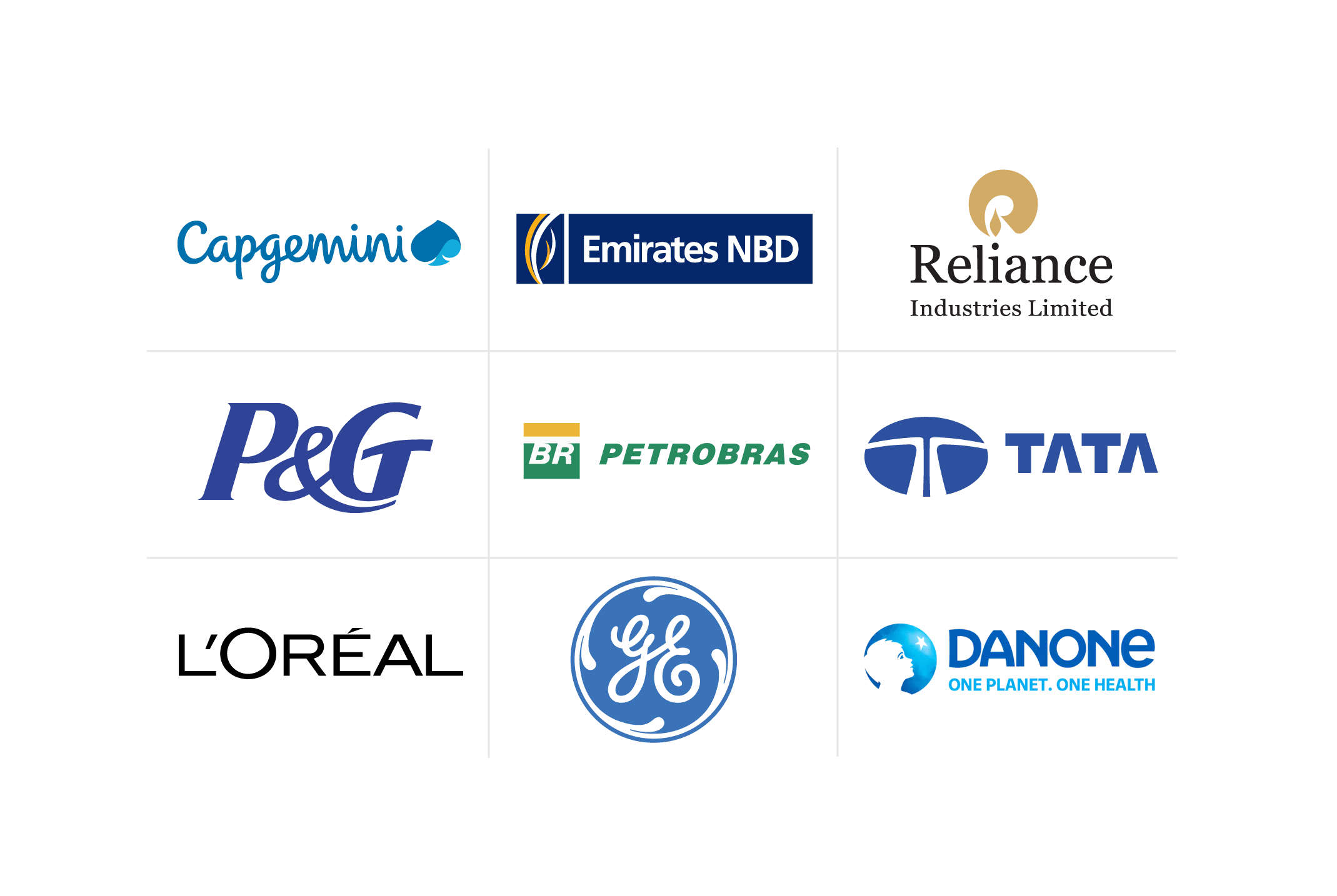Your 2025 Guide to Employee Retention
Minimizing turnover can save time and money while supporting a productive, engaged work environment. Learn about how employee retention helps your business flourish.

If you own a company, chances are you worry about employee retention. Although it's natural for companies to experience employee turnover, high retention rates can help reduce costs, boost productivity, improve employee morale, and more.
This guide can help you discover how to improve your employee retention strategies. Learn what employee retention is and how to calculate it. Then, explore why employees leave their jobs, the benefits of retaining your employees, and strategies you can use to keep them.
What is employee retention, and how do you calculate it?
Employee retention describes a company’s ability to keep its employees. You can calculate your company's retention rate (or the percentage of your employees who stay with your company) throughout the year by using this formula:
# of employees at the beginning of the year - # of employees who left during the year = number of remaining employees / # of employees at the beginning of the year = your employee retention rate for the year
For example, if your company had 310 employees at the beginning of the year and 49 employees left during the year, your calculation would be:
310-49 = 261/310 = 84 percent retention
Since a retention rate of 85 to 90 percent or higher is considered healthy, this figure requires very little adjustment.
Reasons employees leave their jobs
In 2021, over 47 million workers in the United States left their jobs, which was 34 percent higher than the number of workers who left their jobs the year before [1]. Employees opt to move on from their current roles for many reasons, including common ones like:
Job offers too little pay or benefits
Lack of opportunity for advancement or career development in the job
Lack of flexibility in the workplace
Poor leadership
Employee desires a better workplace culture
Employee wants a better work-life balance
Employee is relocating
Employee is retiring
Personal or family issues
Internal or external advancement to a higher position
Read more: Top Strategies to Build Employee Engagement
Why is employee retention important?
Minimizing turnover and keeping your existing employees can help your company in many ways. Benefits you might gain from engaging in employee retention strategies include:
Reduced costs: It takes time and money to hire and train employees. Data from the Society for Human Resources Management suggests each new hire costs an average of $4,700 [2]. Experts indicate that the total costs may be closer to three to four times the employee’s annual salary, including lost productivity and the time leadership spends supporting the hiring and training process. Retaining employees can help cut these costs and save your company valuable time.
More skilled and experienced employees: The longer you retain employees, the more skilled and experienced they become. Good skills and experience usually translate to higher productivity for your company, allowing you to promote employees from within your company rather than looking elsewhere.
Better company culture: When employees have an opportunity to get to know each other, they often have better work relationships and greater collaboration. These benefits result in a more positive workplace and happier employees.
Greater loyalty from employees: When you engage in strategies to retain employees, it often creates a greater sense of loyalty. In addition, when employees feel loyal to employers, they're less likely to leave, be more productive, and have more ethical work standards.
Happier clients or customers: Sometimes, customers or clients develop relationships with certain employees and depend on doing business with them. These relationships can help ensure continued sales or repeat business.
Improved reputation: Companies that retain employees long-term tend to have a better reputation within the industry and with customers, clients, and prospective employees. A good reputation can also help build brand awareness and increase profits.
A competitive edge: When you can attract and keep top talent, it gives you an edge over competitors and boosts your company's bottom line.
7 effective employee retention strategies
Incorporating some employee retention practices might help you retain your employees over the long term and also help you attract new employees when needed. Consider these strategies:
1. Provide a competitive wage or salary.
If you want to minimize turnover and maximize employee retention, pay matters. A survey from Gallup reveals that 28 percent of respondents believe better pay and benefits would make their company a better place to work and stay long-term [3]. Providing a competitive wage can help your employees feel valued.
2. Model and encourage a healthy work-life balance.
Employees appreciate employers who model and encourage a healthy work-life balance. Employee support programs like mental health services, childcare, and gym memberships might help promote better work-life balance for employees and boost their sense of value at work.
3. Offer employees paid sick and vacation leave.
Employees appreciate taking time off when they're sick or want to go on vacation without worrying about paying for it financially. So, paid leave might help reduce stress and promote a better work-life balance.
4. Give employees opportunities to learn, grow, and advance at your company.
According to a study from Better Buys, 92 percent of employees believe it's essential to have access to professional development at work [4]. If you create opportunities for your employees to learn, grow, and advance within your company, you may have a better chance of keeping them.
5. Give employees regular feedback and ask them to provide regular feedback.
Employees feel more valued and tend to stay at companies that provide regular feedback on their work performance. On the other hand, employees also tend to stay at companies that allow them to give feedback to leadership.
6. Offer flexible work options.
Employees who have flexible work options may stay with you longer. If possible, allow employees to work from home part of the time or have shared work schedules or a four-day workweek. Employees with pets may also appreciate pet-friendly workplaces.
7. Thank, recognize, and reward employees.
Sometimes, you can boost employee retention by merely thanking employees when they go above and beyond their job description. Recognition and rewards also go a long way to keeping people in your employ. Good ways to recognize and reward employees include:
Offering public praise to an employee at a staff meeting
Setting up an after-work cocktail hour or wine-tasting for your team
Expressing your appreciation to an employee through a handwritten note or email
Giving your employee a framed award
Recognizing your employee with a gift of concert or theater tickets
Awarding your team with a unique adventure, breakfast, or afternoon off
Next steps: Getting started on Coursera
If you want to learn how to recruit good employees, keep them, and improve your leadership skills, consider taking Superbosses: Managing Talent & Leadership, offered by Dartmouth College on Coursera. Throughout the course, you'll learn to be a better recruiter, mentor, motivator, leader, and boss. This course is designed for beginners and takes roughly 17 hours to complete, and you'll receive a career certificate upon completion.
Article sources
Work Institute. "2022 Retention Report" Accessed December 5, 2024.
This content has been made available for informational purposes only. Learners are advised to conduct additional research to ensure that courses and other credentials pursued meet their personal, professional, and financial goals.


